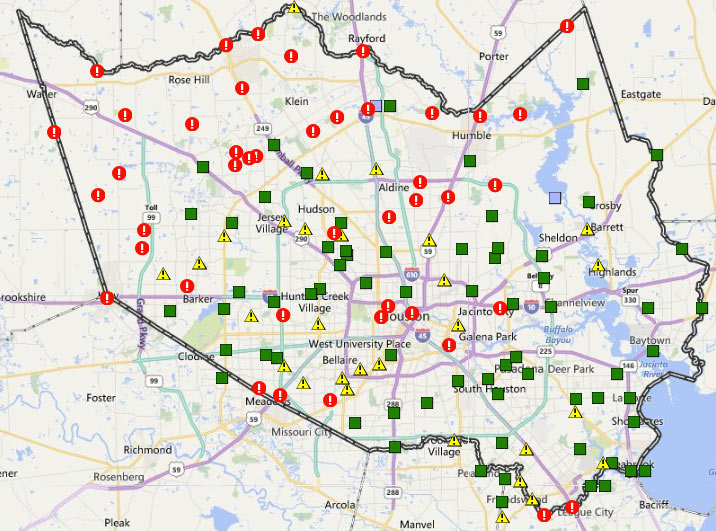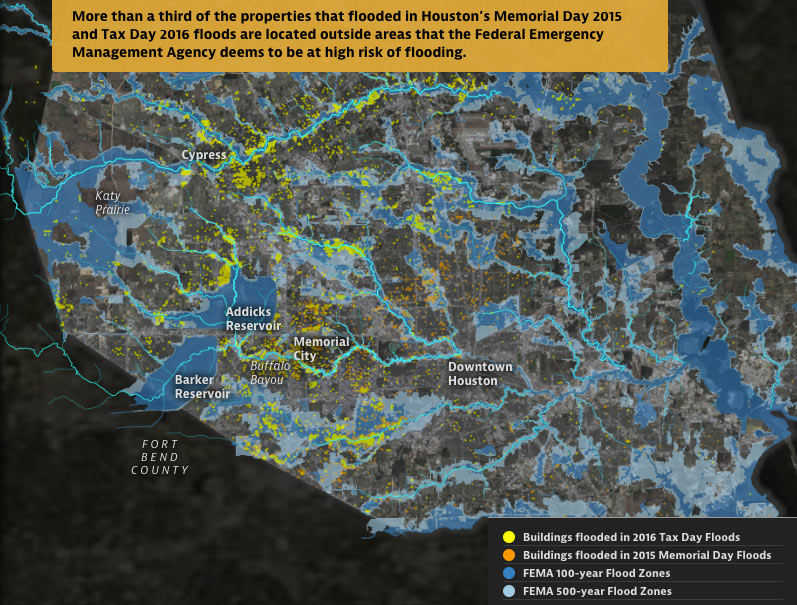
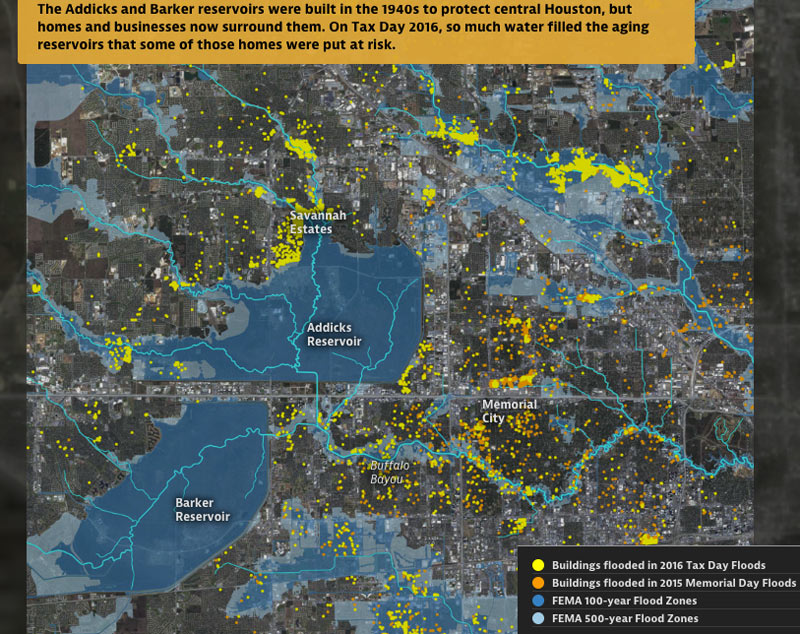
From some of the same folks who brought you those fun-with-worst-case-scenarios hurricane flood maps earlier this year —  Neena Satija and Kiah Collier of the Texas Tribune, and Al Shaw of ProPublica — comes a fresh set of animated maps of a few of Harris County’s most flooded and floodable places, along with a bit of investigation into how they got that way (and whether that might change any time soon). The new illustrated presentation shows off the spread of properties that took a dip during some of Harris County’s last few citywide submersion events (flooded properties from Tax Day 2016 are shown in yellow above, along with the Memorial Day 2015 flooded properties in orange).
Texas A&M Galveston researcher Sam Brody tells the authors that “more people die here than anywhere else from floods. More property per capita is lost here. And the problem’s getting worse.â€Â In sorting through some of the whos, whats, and hows of Harris County’s flood infrastructure and chronically soggy residents, the article juxtaposes the recent flood damage data with the likes of FEMA-mapped 100- and 500-year flood zones (shown above), a visual tally of the land area developed last decade, and a view of what’s left of Houston’s coastal prairie (as of 2010):


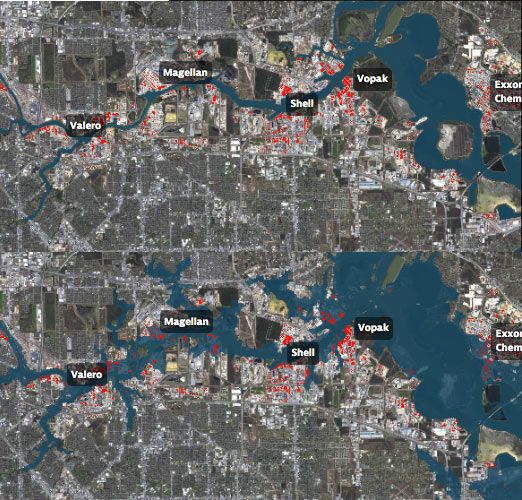 Roy Scranton imagines “a wave of water sweeping toxic waste into playgrounds, shops and houses” in Magnolia Park in his
Roy Scranton imagines “a wave of water sweeping toxic waste into playgrounds, shops and houses” in Magnolia Park in his 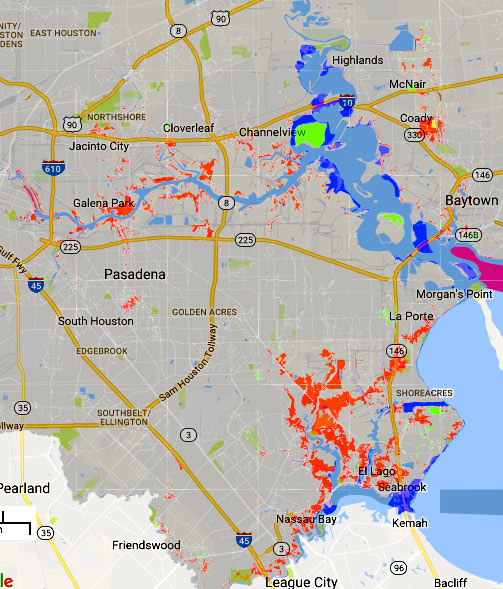
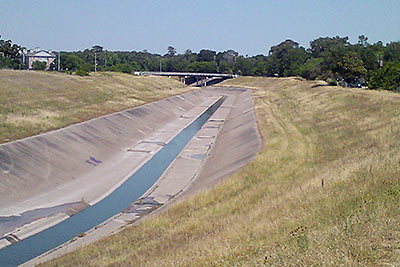 The Harris County Flood Control District is looking at removing the concrete lining from sections of the White Oak Bayou channel, writes Mihir Zaveri. The agency is conducting a study on redeveloping parts of the waterway along with the Memorial-Heights Redevelopment Authority (a.k.a. TIRZ 5); any future projects to come from the study would be within the TIRZ 5 boundaries, along sections of White Oak between roughly N. 610 and Houston St. Zaveri writes that the push “
The Harris County Flood Control District is looking at removing the concrete lining from sections of the White Oak Bayou channel, writes Mihir Zaveri. The agency is conducting a study on redeveloping parts of the waterway along with the Memorial-Heights Redevelopment Authority (a.k.a. TIRZ 5); any future projects to come from the study would be within the TIRZ 5 boundaries, along sections of White Oak between roughly N. 610 and Houston St. Zaveri writes that the push “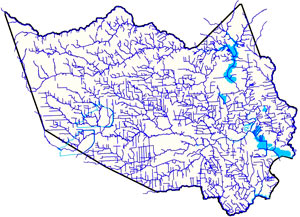 Amid the
Amid the 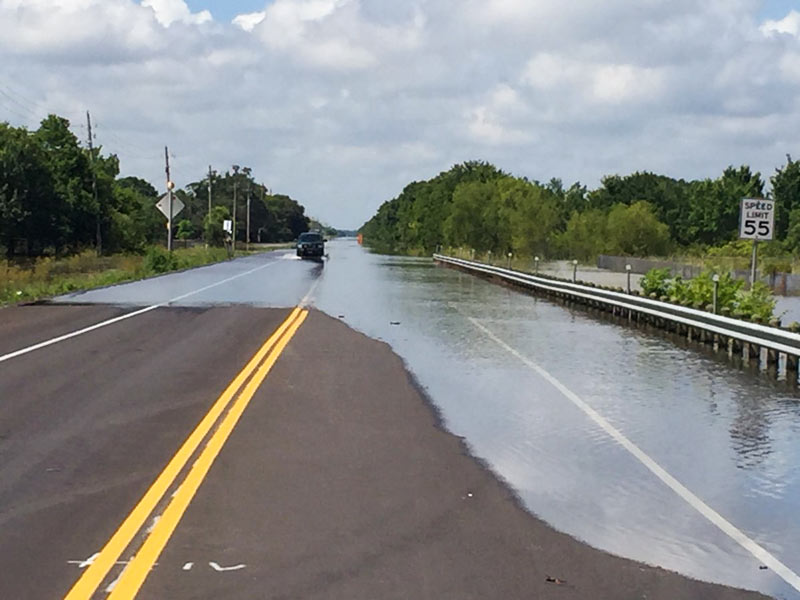
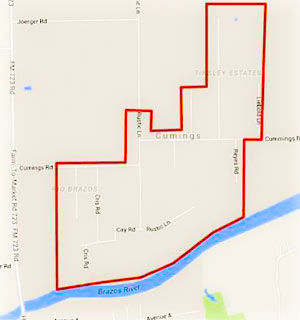
 “This is a standard practice: to elevate [existing] commercial properties so they will drain off the property. It is very easy to do. The concern is that the city of Houston does not require new properties on old lots to detain water on the lot.  . . . Elevated commercial properties that do not mitigate acre-foot-for-acre-foot will lead to water running off and flooding adjacent properties. It is a simple concept, but developer propaganda is strong. The most common myth promulgated by the developers is that if something was already concrete then a new property need not mitigate run-off. The fact is, any time a new development is built that does not mitigate run-off, it will force water onto its neighbor. [
“This is a standard practice: to elevate [existing] commercial properties so they will drain off the property. It is very easy to do. The concern is that the city of Houston does not require new properties on old lots to detain water on the lot.  . . . Elevated commercial properties that do not mitigate acre-foot-for-acre-foot will lead to water running off and flooding adjacent properties. It is a simple concept, but developer propaganda is strong. The most common myth promulgated by the developers is that if something was already concrete then a new property need not mitigate run-off. The fact is, any time a new development is built that does not mitigate run-off, it will force water onto its neighbor. [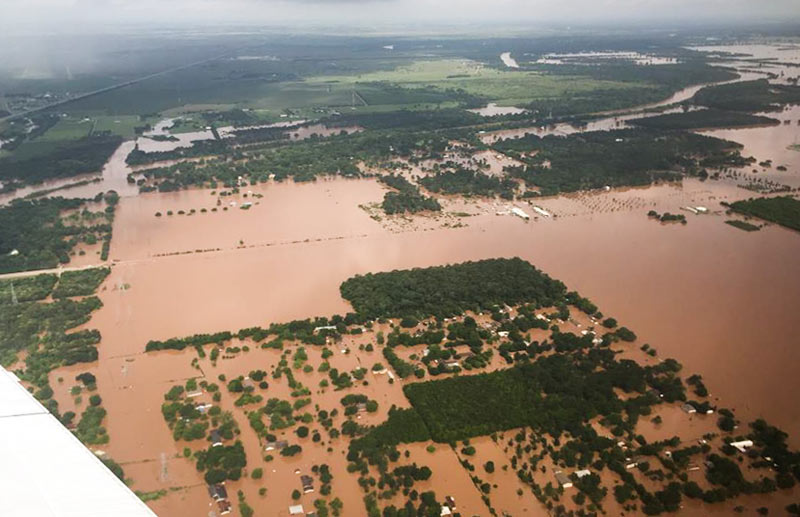
 “Another recent policy development is that
“Another recent policy development is that 
